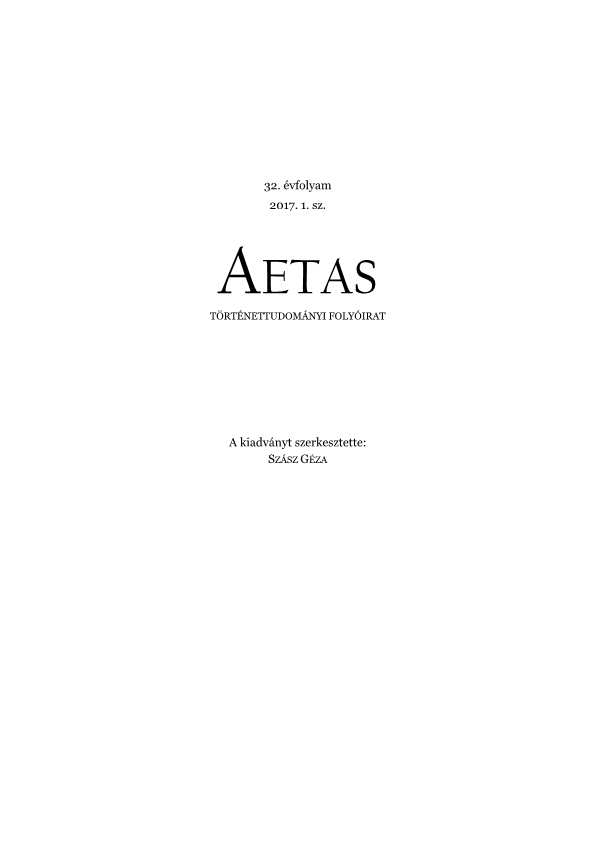Hannoverek, Ferdinándok és a „vörös sapkás” lovastüzérek. Szolnok, 1849. március 5. – Komárom–Ószőny, 1849. július 2.
The Hannovers, Ferdinands and the “Red Capped” Horse Artillery Units (Szolnok, 5 March 1849 – Komárom-Ószőny, 2 July 1849)
Author(s): Krisztián KeménySubject(s): 19th Century
Published by: AETAS Könyv- és Lapkiadó Egyesület
Summary/Abstract: During the French Revolution and the Napoleonic wars (1792–1815), well-organized and well-managed cavalry units, which regained their previous significance while picking up new roles, played an important part on the battlefields. Even though in a few decades the infantry equipped with modern breech-loading and quick-firing guns was to bring the last golden age of cavalry to an end once and for all, in the 1840s and 1850s the latter was still a serious enemy. This was true during the 1848–1849 Hungarian war of independence, too. The imperial and royal as well as the Hungarian cavalry did not only excel in scouting and performing advance-guard tasks or pursuits, but they were also capable of deciding battles through well-organized attacks carried out by their regiments and larger units at the right time. Together with the horse artillery accompanying them, the cavalry units had a speed and striking power that could hardly be matched on the battlefields at the time. Primarily the imperial and royal heavy cavalry was noted for their sweeping assaults, but the Hungarian hussars also had notable successes. On the Hungarian side, the co-operations of the 2nd (Hannover) and 3rd (Ferdinand) hussar regiments with the 8th (later renumbered 5th) “red capped” horse artillery unit were highly successful. The paper describes the activities of these units in the battle of Szolnok of 5 March 1849 and the battle of Komárom of 2 July 1849.
Journal: AETAS - Történettudományi folyóirat
- Issue Year: 2017
- Issue No: 1
- Page Range: 102-120
- Page Count: 19
- Language: Hungarian

